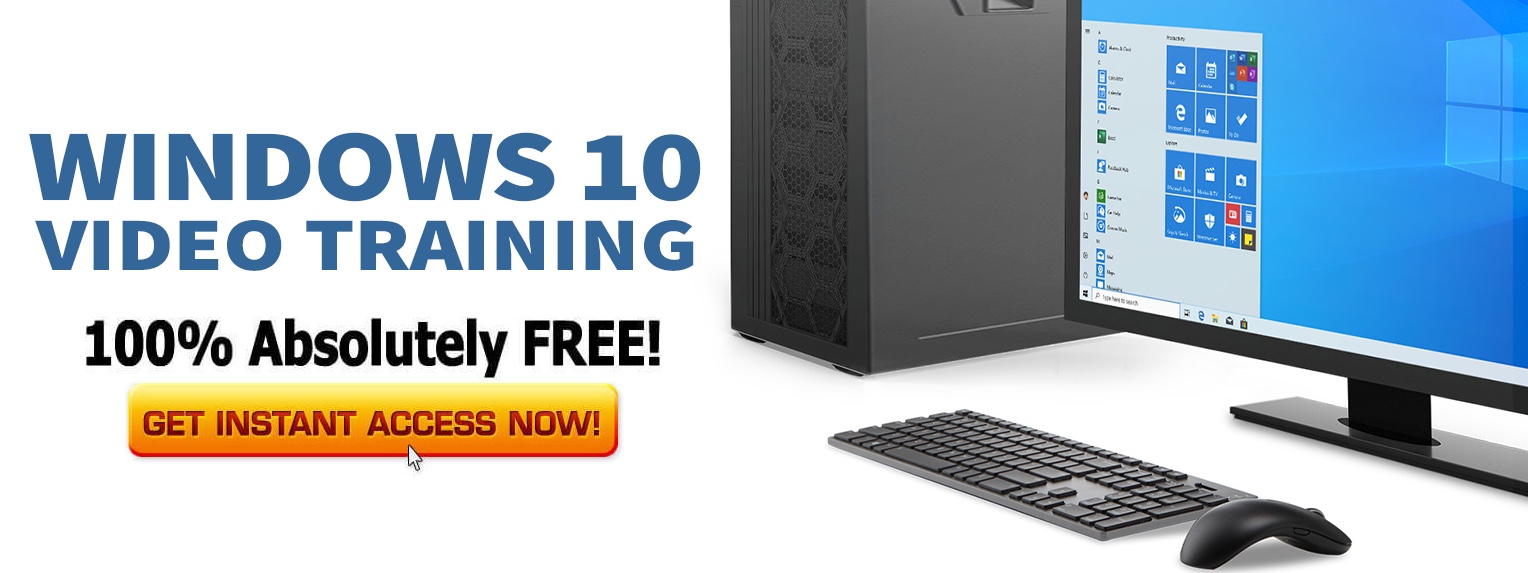The Register about how important embedded systems are becoming and at how fast the embedded system market is growing, “The growth of embedded systems is outstripping even the mobile phone. Key software components are needed to manage these devices, if they are to usefully feed data back to the operators.” Embedded devices work differently than devices that just run Windows 8. First off, embedded devices can be programmed to update quietly and automatically in the background, not at all like the regular version of Windows. (I’m not 100% sure how the update process works in Windows 8, it’s supposed to be easier than what we currently have in Windows 7.) They can also update themselves via a wireless cell tower (like for your phones.) The device managers can also program each device to update at specific times and as many times as the device managers need to. For example, there could be a Smart Kiosk at the mall that sends its results at an off-peak time (lets say 2-3 AM) for a specific download size (100-150 megabytes (MB).) Instead of just using the same old wireless plan that everyone else uses to only get 100 MB of data transfer for just a few minutes every day, operator could get a special plan that gives them a cheaper data plan for not clogging up their networks at a peak time of the day. All of the Windows 8 embedded version will be compatible with Systems Center 2012 which means complete support. Data will be collected from the device, and it will be processed on Azure (Microsoft’s corporate cloud technologies) so anyone can see if there are any problems with the device. Overall, I think Microsoft is going to do a good job at rolling out these embedded systems. Many companies just overlook the small stuff like this and that can really hurt them. As Dallas said before the embedded system market is growing and soon more companies will be joining Microsoft. Source]]>
Windows 8 on Embedded Devices
About The Author
Mike Johnson
Mike Johnson is a writer for The Redmond Cloud - the most comprehensive source of news and information about Microsoft Azure and the Microsoft Cloud. He enjoys writing about Azure Security, IOT and the Blockchain.

